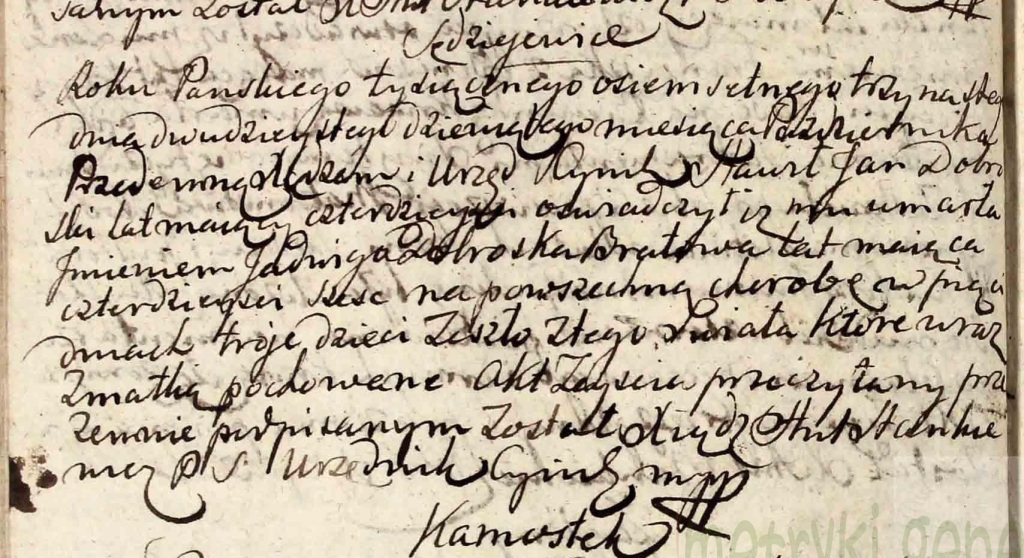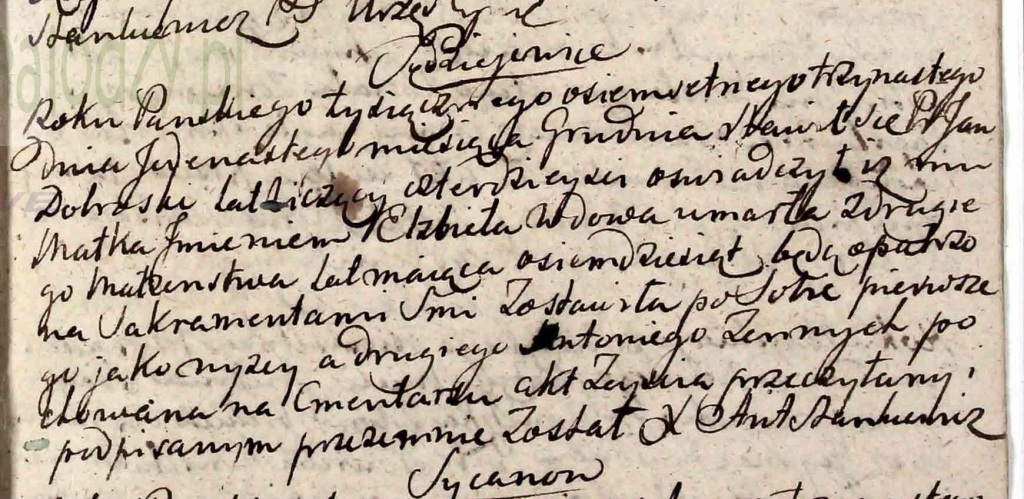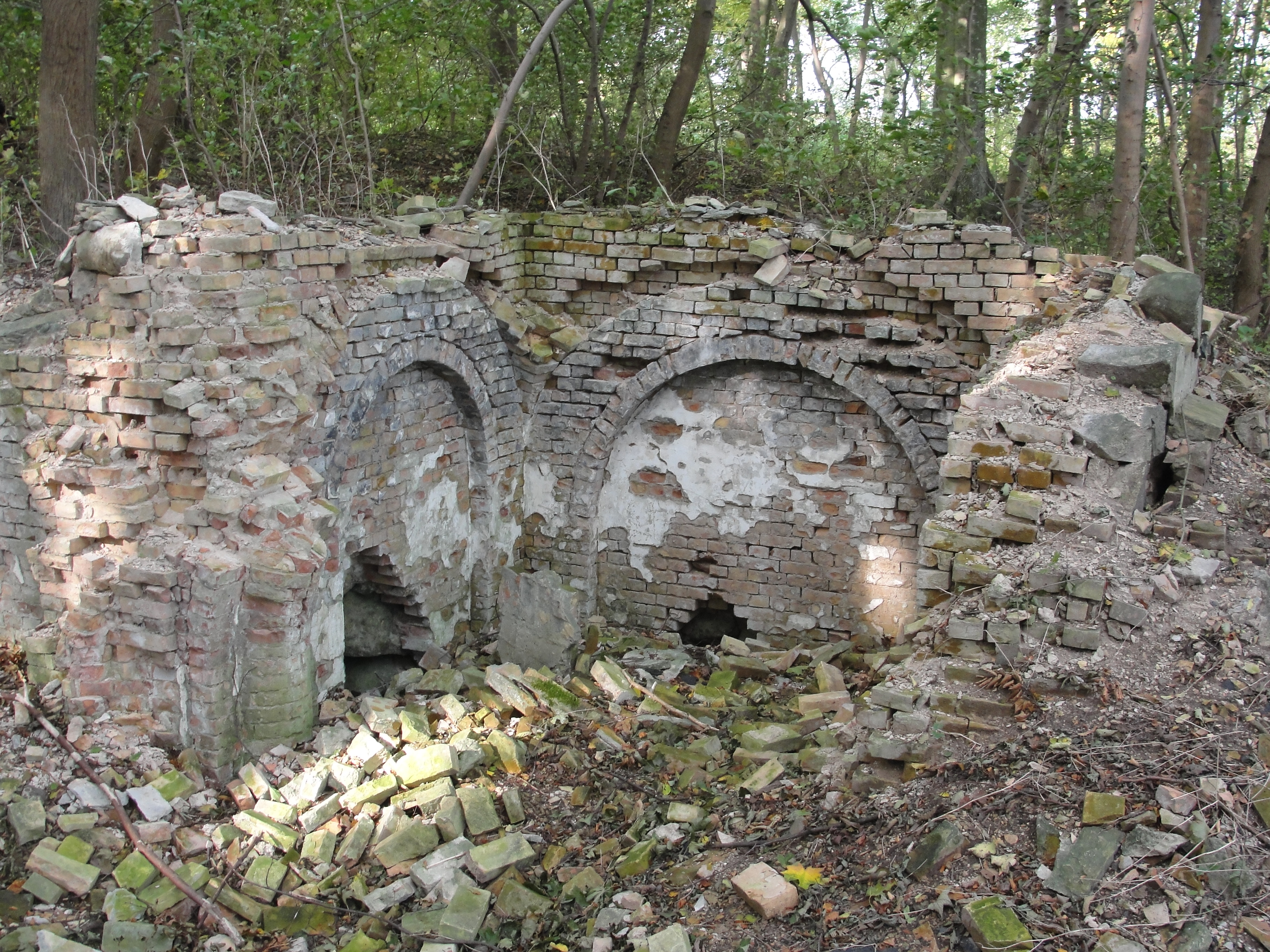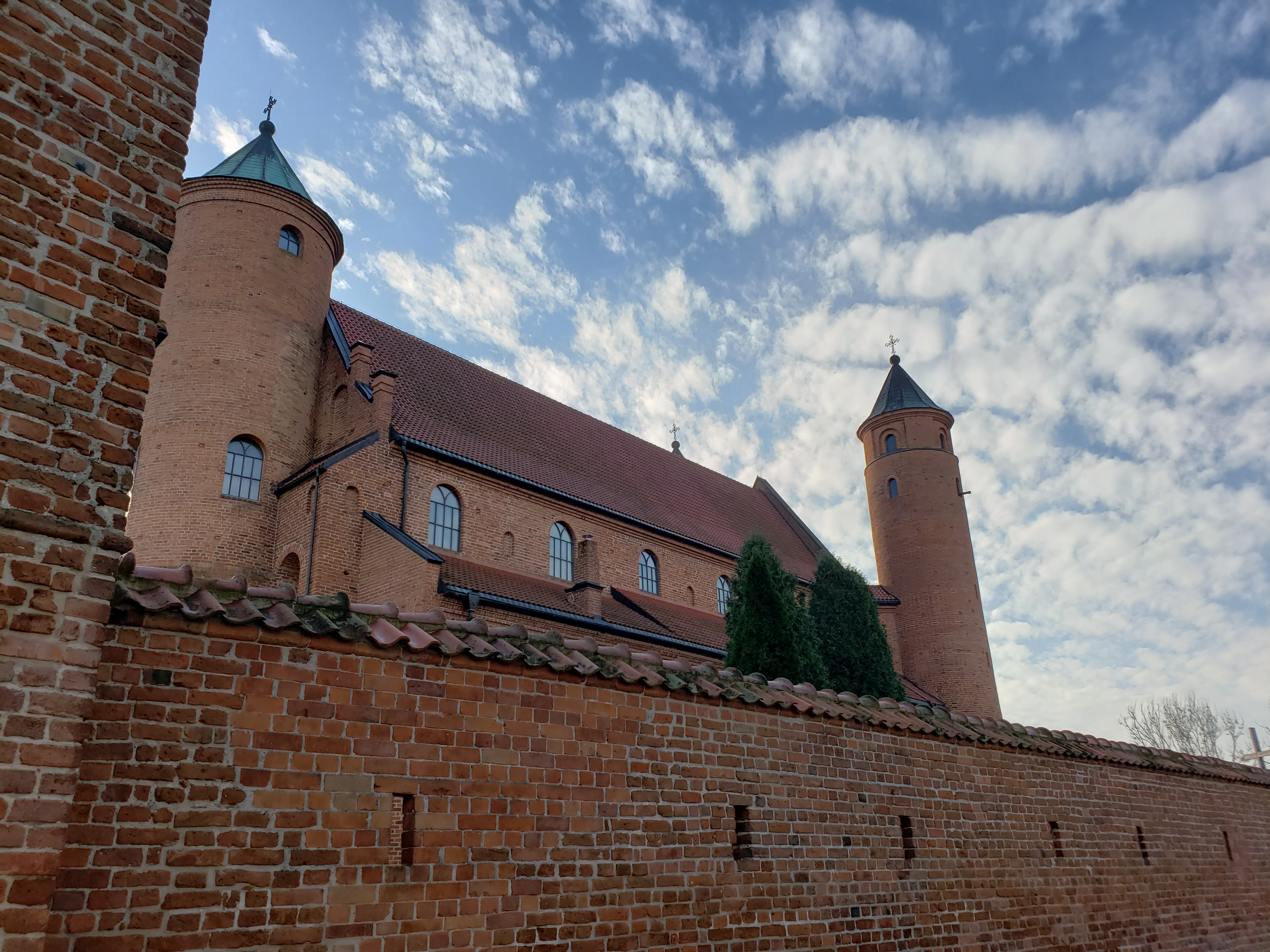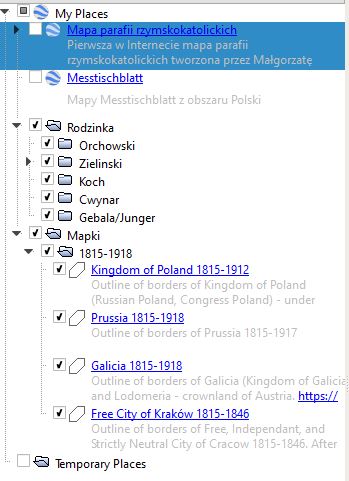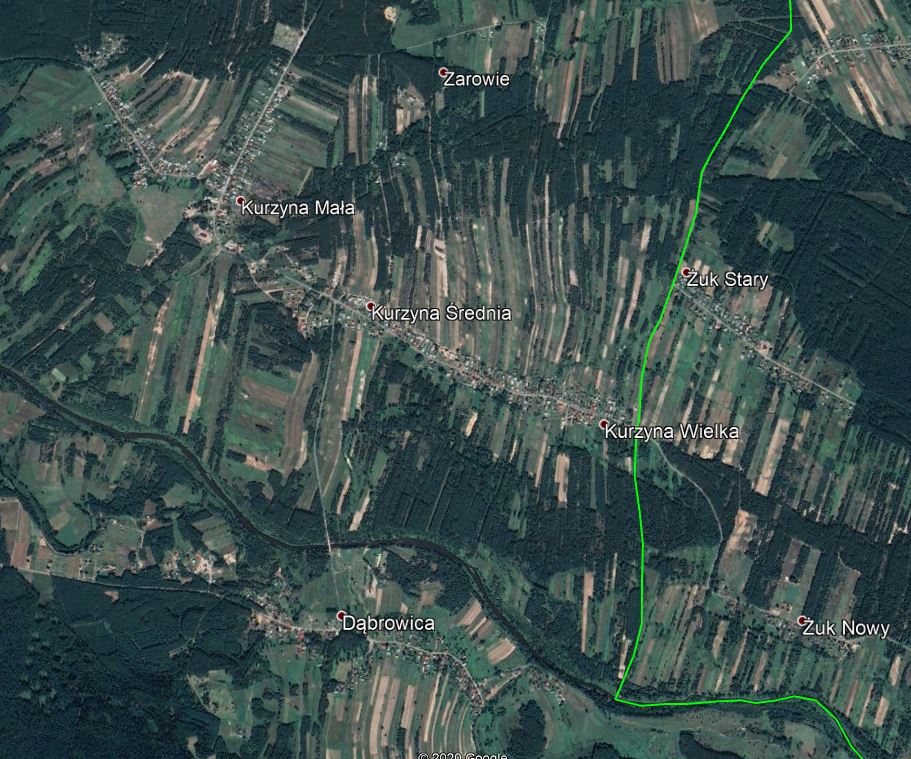While I greatly agree with C.S. Lewis on this, actual age does matter when it comes to law and legal rights of a person. Age of maturity or adulthood comes back once in a while in various groups on Facebook, especially when marriage record is being translated and person in that marriage record that is above the age of 18 has permission from the father to marry.
I have found a good article in Polish (Magdalena Makówka “Pozycja prawa niepełnoletniego w Galicji w świetle Ustaw Cywilnych dla Galicji Zachodniey” published in Studenckie Zeszyty Naukowe https://journals.umcs.pl/szn/article/view/5563/4641), that explains in great detail the civil laws pertaining to underage children in Galicia area of Austrian Empire. Various similar laws were in effect in other partitions of Poland as well as in other countries in the world. One of those days maybe I’ll get tempted to look it up and explain here. But for now let’s just focus on Galicia.
The new laws regarding adulthood and age of consent went into effect in whole of Galicia on 18th of September 1797, and overall were the most advanced civil laws regarding underage children at the time.
I’ll bring up the most important points of said article and said civil law.
The underage was divided into 3 categories. 1st category were children under the age of 7, 2nd were children under the age of 14, and 3rd were children under the age of 24. It is important to remember that sexual maturity and social maturity were two separate issues. Social maturity and age of maturity set at 24 was connected to social roles of a human being that go back to feudal times in Europe.
Legitimate children from official marriages:
Law regulated that children under the age of 24 were to be taken care of by parents. Parents were to ensure nourishment, clothing, upbringing and adaptation to life in the society. Father was the ruling figure in child’s life and, in case of any conflict between mother and father, child should listen more to the father’s decisions. The parental control could have been shortened if there was parental decision for such; if a person above the age of 20 had own steading with father’s permission; or if a daughter have gotten married.
Child under the age of 18 legally had no say in choosing future occupation. Person above the age of 18 was able to choose their occupation, and if father was against it child was able to go to court to go against such decision.
Father was responsible to financially support the child. After his death, or if he was unable such burden went onto mother of the child. If both parents were deceased such burden went onto parental grandparents, and then maternal grandparents.
Law also took care of disposition of finances of said child. If child had monetary resources from mother or other sources court was controlling if father of said child/children was properly using the resources. Any financial gain from child’s resources had to be placed into child’s needs. Law also suggested that any money that was not spend on the child’s needs should be invested. Incompetent father could have lost their ability to control the child’s money if court ruled so.
Parents were also given ability to punish children, even by corporal punishment, as long as the punishment was not overly severe and did not harm their health. Severe punishments that resulted in child’s health damage or death were forbidden.
*The most important for marriage records* Person under the age of 24 was under father’s authority. They were not authorized to get into any obligations, a marriage was one of those obligations. Father had to give permission for a marriage of such person. If person did not have father’s permission such marriage could have been annulled, or person lost paternal monetary support. If father was deceased the role was undertaken by paternal grandfather. If he was also deceased the role was undertaken by “respectable successor” and court. If family was against the marriage and they would not give permission for said marriage the child was able to go to court to argue his case and undermine their decision.
Law also formalized the legitimacy of children from official marriages. Child born after at least 7 months from the marriage date and no more than 10 months from end of the marriage (either by death of the husband or annulment of marriage) was considered a legitimate child from that marriage.
If a child was born before 7 months from marriage date and after 10 months from the end of the marriage it was husband’s decision if he accepts the child as his. Even if the wife was claiming to be unfaithful (before the marriage or during the marriage), husband was able to claim the child as his and her statements were not accepted.
It is important to mention that marriage could have been annulled by the man if woman was pregnant at the time of the marriage, but a man was not aware of it.
Illegitimate children:
Illegitimate child had no right to father’s last name or his crest (if father was from nobility), and said child was given mother’s last name. But law placed the obligation for financial support on the child’s father (if he was known to the mother of course). If said man was forswearing he was not a father, but it was proven he was a father financial obligations were doubled. If said father claimed he could not marry child’s mother, but such claims were unstained, said father’s financial obligations were tripled.
Therefore, law was punishing abnegation of paternity, and was promoting marriage between child’s parents. It was also ensuring financial support of the illegitimate child.
Father who was financially supporting the child was not obligated to reveal himself. (As a note: in case of illegitimate children there might be court cases where such father’s financial obligations were established. It is the court documents we genealogists should look for in case of such children.)
Even though the father of the child had financial obligations it was in hands of the mother to raise the child and make all the life’s decisions for said child (including giving the permission for marriage of the child under the age of 24).
If the mother was endangering the child father should take the child away and raise it himself or give him for upbringing to responsible person.
Upon the death of the parents of illegitimate children financial responsibility traveled to parent’s heirs.
Being a bastard child had negative social consequences to it and was not seen as a good thing in the society, but the law at least regulated the financial part of it and gave support to such children.
Legal adoption:
The civil law in Galicia allowed adoptions. Person adopting could not have made religious vows (be part of the religious order, for example a priest or a nun) and could not have rightful children of their own. Such restrictions in the law was protecting rightful children of adoptive parent, since adoptee had same right as any other heir.
Adoptive person had to be at least 50 years old and adoptee had to be at least 17 years younger. Which allowed people above the age of 24 to be adopted as well. Such practice was established to allow adoptive parent to establish an heir to their estate. Adoptee had to have biological parent’s permission to be adopted.
Adoption was not the same as raising someone. Parents of a child were able to give a child to be raised by someone else, and any formal decisions/agreements between both parties could not be against the law. Person that took a child to be raised agreed to pay for said child’s upbringing.
So, that’s my short recap about the article and laws about age of consent and maturity and adulthood in Galicia. I hope you enjoyed this little post and you now understand a lot better why parents’ or family courts’ approvals appear in records.









